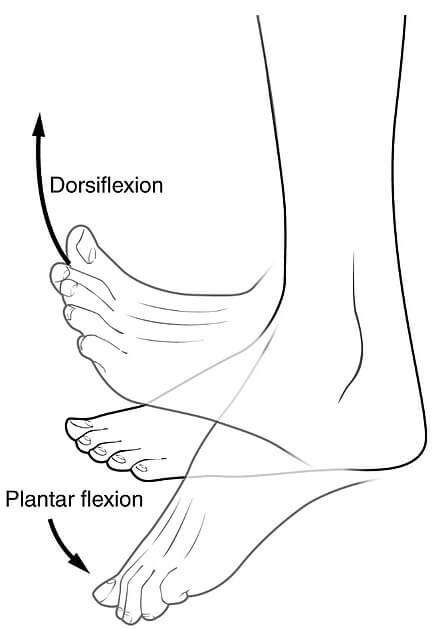The feet contain 28 bones, 30 joints, and more than 100 muscles, tendons, and ligaments. In other words, there is a tremendous amount of things that can go wrong!
Painful feet can be an indication of various issues, depending on the type of pain. If you are experiencing sharp pain that will not go away, you may have what is known as Plantar Fasciitis.
This ailment is when the tissue underneath your heel, becomes inflamed in turn causing anything from mild discomfort to extreme pain.
This article will cover what it is, how it happens, prevention, and finally, what you can do if you think that you have it.

What is it?
Plantar Fasciitis is an inflammation issue caused when the strip of tissue that runs underneath your heel becomes inflamed and can start to create sharp, stabbing pain with each step you take.
Even though it isn’t completely debilitating, it is very uncomfortable and can cause more serious mechanical issues with your joints if you don’t find out why you have it and try to fix it.
After some time, the main issue becomes that you will adjust your gait and stride, thereby walking in unnatural ways to avoid the pain.
The pain often dissipates over time, but if you stand for long periods or work in an office where you sit and stand a lot, then the pain will be a constant in your life.
How can it occur?
It is noticeable to 2 types of people:
Runners: This is as a result of runners regularly impacting the ground. It is usually exacerbated by many modern running shoes forcing a heel first type of movement.
Overweight people: The increased weight over so many bones and ligaments causes stress that, over time, can cause this problem.
It is especially common in runners that are just starting. It’s possible that it can occur as a result of technique and form often go out of the window to pursue achievement.
It is also worth noting that if you are a runner and wear high heels all day for work, coming home and switching to your flat running shoes could also be a cause. Instead, try to fit your running in the morning before work.
It is also essential to get the correct pair of running shoes and moldable insoles if needed. One final piece of advice for runners is to stay away from the concrete of asphalt and instead find a field that you can use.
How can you prevent it?
Prevention should always be the cure. The main steps to prevent Plantar Fasciitis include:
- If running and exercising, make sure to invest the correct pair of shoes.
- If you are overweight, make an effort to lose weight. It is not just beneficial for preventing foot pain, but it is a good idea for your overall health.
- Learn how to run correctly and make sure to concentrate on technique before really pounding the streets.
What do I do if I think I have it?
The first thing would be to contact an expert on feet, known as a Podiatrist.
Speaking with specialists can help you to understand not only whether or no you have this ailment, but also on how to prevent any further foot-related concerns.
If you are unaware of who to contact, you can book an appointment over at Essex Union Podiatry, and they can advise you further.
Other methods to help to reduce the pain can include:
- Elevate your foot where possible to take the strain off your foot
- Ice wrapped in a towel can help to rescue inflammation. Apply for around 20 minutes at a time.
- If you need to go to work and can’t relax all day, shoes with a large width and soft soles can alleviate some pain.
- Insoles are also a good idea. Make sure to invest in decent ones that you mold to your own feet.
- Try some moderate stretching of your feet (but don’t go too hard).
- If you are a runner and are upset that it might set your progress back, try alternate forms of exercise such as swimming that is low impact.
- If the pain is too much, then take paracetamol rather than ibuprofen in the first 24 hours of the injury starting.
Summary
Plantar Fasciitis is a common ailment among certain groups of people, and while not completely debilitating, it is frustrating and painful to have.
Attempting to avoid this condition in the first instance if the best option, but if you already think you may have it, hopefully, some of the advice in this post will help.
Author: Dennis Hamming